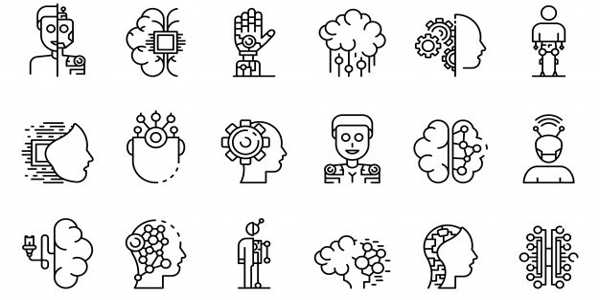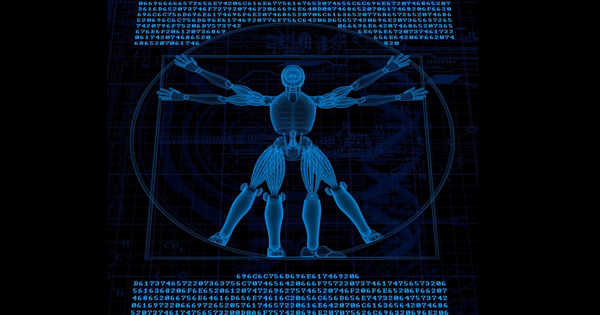Machine-learning algorithms are used to find patterns in data that humans would not notice otherwise, and they are being used to help inform large and small decisions ranging from COVID-19 vaccine development to Netflix recommendations.
A new award-winning study from Cornell’s Ann S. Bowers College of Computing and Information Science investigates how to help non-experts use machine-learning algorithms effectively, efficiently, and ethically in order to better enable industries outside of the computing field to harness the power of AI.
“We don’t know much about how non-experts in machine learning learn algorithmic tools,” said Swati Mishra, a Ph.D. student in information science. “The reason for this is that there’s a misconception that machine learning is only for the ordained.”
Mishra is the lead author of “Designing Interactive Transfer Learning Tools for ML Non-Experts,” which was awarded Best Paper at the annual ACM CHI Virtual Conference on Human Factors in Computing Systems.
Machine-learning algorithms are used to find patterns in data that humans would not otherwise notice, and are being deployed to help inform decisions big and small—from COVID-19 vaccination development.
As machine learning has entered fields and industries that were previously unrelated to computing, the demand for research and effective, user-friendly tools to assist new users in leveraging artificial intelligence has reached an all-time high, according to Mishra.
Existing research into these interactive machine-learning systems has primarily focused on understanding the users and the difficulties they encounter when navigating the tools. Mishra’s most recent work, which includes the creation of her own interactive machine-learning platform, breaks new ground by looking at the inverse: how to better design the system so that users with limited algorithmic expertise but vast domain expertise can learn to integrate preexisting models into their own work.
“When you do a task, you know which parts require manual repair and which require automation,” said Mishra, a Bloomberg Data Science Ph.D. fellow for 2021-2022. “We can ensure that their knowledge is integrated into the machine-learning model if we design machine-learning tools correctly and give people enough agency to use them.”

Mishra takes an unusual approach to this research, using a complex process known as “transfer learning” as a jumping-off point to introduce nonexperts to machine learning. Transfer learning is a high-level and powerful machine-learning technique that experts use to repurpose and tweak existing, pre-trained machine-learning models for new tasks.
The technique eliminates the need to create a model from scratch, which requires a large amount of training data, by allowing the user to repurpose a model trained to recognize images of dogs, for example, into a model that can identify cats or, with the right expertise, even skin cancers.
“By focusing on appropriating existing models into new tasks, Swati’s work enables novices to not only use machine learning to solve complex tasks but also to benefit from machine-learning experts’ ongoing developments,” said Jeff Rzeszotarski, assistant professor in the Department of Information Science and the paper’s senior author. “While our ultimate goal is to help novices become advanced machine-learning users, providing some ‘training wheels’ through transfer learning can help novices use machine learning for their own tasks right away.”
Mishra’s research exposes the inner computational workings of transfer learning via an interactive platform, allowing non-experts to better understand how machines crunch datasets and make decisions. Mishra was able to pinpoint precisely where beginners lost their way, what their rationales were for making certain tweaks to the model, and what approaches were most successful or unsuccessful through a corresponding lab study with people with no background in machine-learning development.
Finally, the duo discovered that nonexperts who participated in the study were able to successfully use transfer learning and modify existing models for their own purposes. However, researchers discovered that nonexperts’ incorrect perceptions of machine intelligence frequently slowed learning. Mishra claims that machines do not learn in the same way that humans do.
“We’re accustomed to a human-like learning style, and we instinctively employ strategies that are familiar to us,” she explained. “If the tools do not explicitly communicate this distinction, the machines may never truly learn. As researchers and designers, we must work to reduce user misconceptions about machine learning. Any interactive tool should assist us in managing our expectations.”
Existing research into interactive machine-learning systems has primarily focused on comprehending the users and the difficulties they encounter when navigating the tools. Mishra’s research, which includes the creation of an interactive machine-learning platform, forges new ground by focusing on the inverse: how to better design the system so that users with limited algorithmic expertise but vast domain expertise can learn to integrate preexisting models into their own work.















